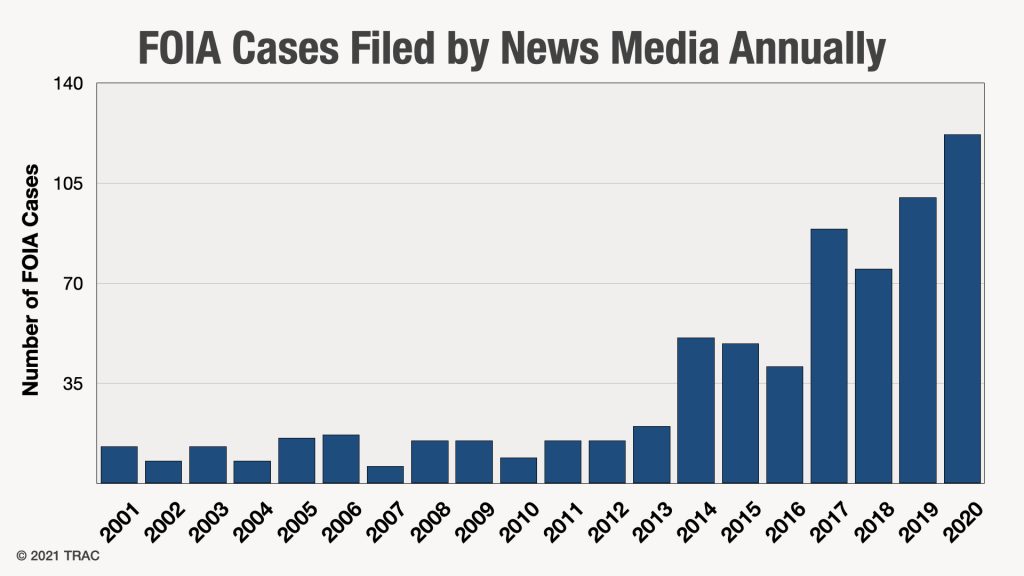Paper by Tammy Katsabian: “Much has been written on technology and the law. Leading scholars are occupied with the power dynamics between capital, technology, and the law, along with their implications for society and human rights. Alongside that, various labor law scholars focus on the implications of smart technology on employees’ rights throughout the recruitment and employment periods and on workers’ status and rights in the growing phenomenon of platform-based work. This article aims to contribute to the current scholarship by zooming it out and observing from a bird’s-eye view how certain actors use technology to manipulate and challenge basic legal categories in labor today. This is done by referring to legal, sociological, and internet scholarship on the matter.
The main argument elaborated throughout this article is that digital technology is used to blur and distort many of the basic labor law protections. Because of this, legal categories and rights in the labor field seem to be outdated and need to be adjusted to this new reality.
By providing four detailed examples, the article unpacks how employers, giant high-tech companies, and society use various forms of technology to constantly disturb legal categories in the labor field regarding time, sphere, and relations. In this way, the article demonstrates how social media sites, information communication technologies, and artificial intelligence are used to blur the traditional concepts of privacy, working time and place, the employment contract, and community. This increased blurriness and fragility in labor have created many new difficulties that require new ways of thinking about regulation. Therefore, the article argues that both law and technology have to be modified to cope with the new challenges. Following this, the article proposes three possible ways in which to start considering the regulation of labor in the digital reality: (1) embrace flexibility as part of the legal order and use it as an interpretive tool and not just as an obstacle, (2) broaden the current legal protection and add a procedural layer to the legal rights at stake, and (3) use technology as part of the solution to the dilemmas that technology itself has emphasized. By doing so, this article seeks to enable more accurate thinking on law and regulation in the digital reality, particularly in the labor field, as well as in other fields and contexts….(More)”.


